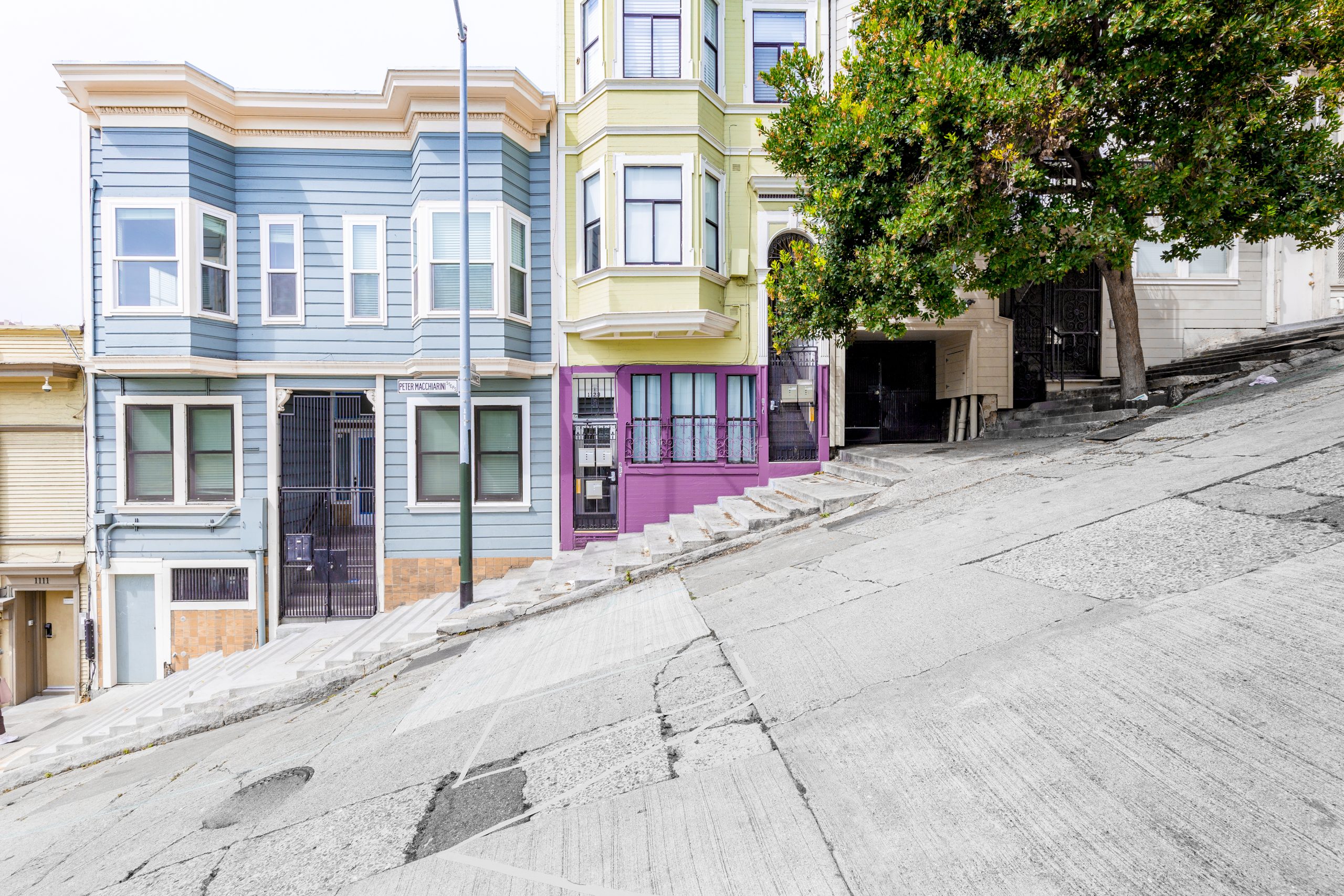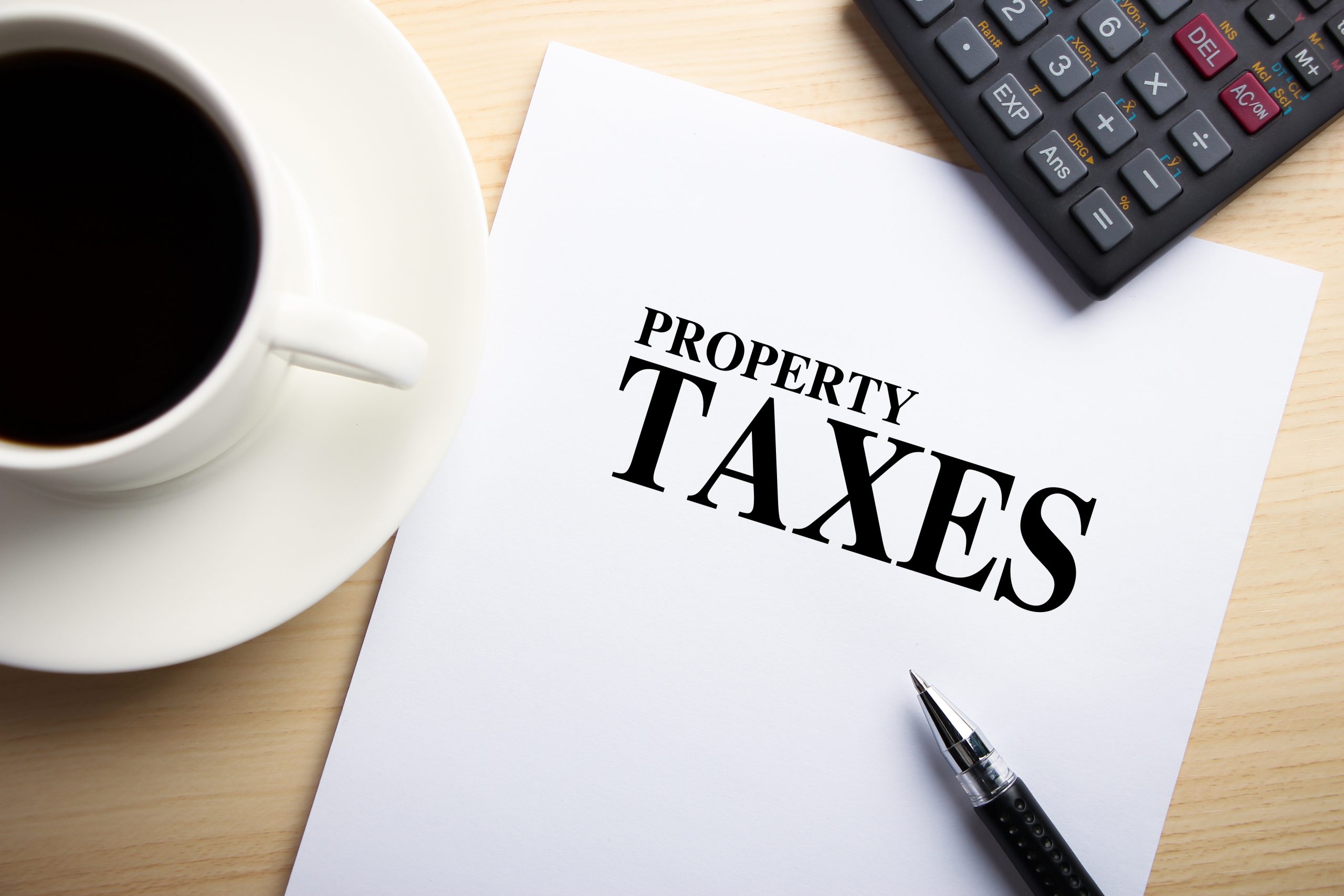On February 10th, the San Francisco Planning Commission voted unanimously to recommend its approval (with modifications) of two proposed ordinances that could bring big changes for Group Housing citywide.
In mid-December 2021, Supervisor Peskin introduced two ordinances at the Board of Supervisors. The first (Board File No. 211299, “Planning Code – Group Housing Definition”), which is co-sponsored by Supervisors Walton and Mandelman, proposes to amend the definition of Group Housing under the San Francisco Planning Code (the “Planning Code”).
Under the current Zoning provision of the Planning Code (and pursuant to a previous Zoning Administrator interpretation), Group Housing rooms can include a limited cooking facility, which is defined as having a small counter space, a small under-counter refrigerator, a small sink, a microwave, and a two-ring burner. Further, Group Housing rooms must be rented out for a minimum of seven days, and Group Housing developments do not have minimum square footage requirements for building common spaces and amenities. On-site below-market-rate/inclusionary Group Housing rooms can be offered as either rental or ownership tenure.
However, Supervisor Peskin’s legislation proposes the following changes to the Group Housing definition:
- Individual and limited cooking facilities would no longer be allowed in Group Housing rooms.
- Group Housing rooms would need to be rented out for at least 30 days, rather than 7.
- Group Housing would require at least 0.25 square feet of common space for every square foot of private space (including bedrooms and individual bathrooms). At least half of the required common space would need to be devoted to a communal kitchen, with one kitchen for every 20 Group Housing rooms. Student housing and 100% affordable housing would have an exception to this requirement.
- On-site inclusionary Group Housing rooms would no longer be permitted as ownership units.
The second ordinance (Board File No. 211300, “Planning Code, Zoning Map – Group Housing Special Use District”), proposes to create a new Group Housing Special Use District, generally covering the Chinatown and Tenderloin neighborhoods, within which new Group Housing rooms would be prohibited.
After three hours of hearing and deliberations, the Planning Commission voted unanimously to recommend approval of both ordinances to the Board of Supervisors, with the following proposed modifications:
To the Group Housing Definition Legislation:
- Increase the common space requirement for Group Housing to 0.5 square feet of common space for every square foot of private space (instead of the proposed 0.25 sf);
- Require at least 1 kitchen within 15% of the common space (instead of the proposed 50%);
- Revise the minimum number of kitchens to be at least 1 communal kitchen for every 15 Group Housing rooms (instead of the proposed 20);
- In addition to Student Housing and 100% Affordable Housing, also exempt units protected under Section 41.3 of the Hotel Conversion Ordinance from common space requirements;
- Exempt organizations such as Family House from the common space requirements;
- Allow academic institutions to provide limited cooking facilities in Group Housing rooms;
- Define the metrics for communal kitchen requirements;
- Exclude the single-room occupancy (“SRO”) aspect from this specific legislation with the intent to continue discussions on SRO controls in the future; and
- For the Planning Department to consider establishing a Working Group to further discuss Group Housing intent, best practices, and future legislation.
To the Group Housing SUD Legislation:
- Revise the proposed SUD to exempt Student Housing and 100% Affordable Housing projects; and
- Exclude the SRO aspect from this specific legislation with the intent to continue discussions in the future.
It remains to be seen which, if any, of the Commission’s proposed modifications will be incorporated into these ordinances, which will come before the Board’s Land Use and Transportation Committee at an unknown future date.
Authored by Reuben, Junius & Rose, LLP Attorney Melinda Sarjapur.
The issues discussed in this update are not intended to be legal advice and no attorney-client relationship is established with the recipient. Readers should consult with legal counsel before relying on any of the information contained herein. Reuben, Junius & Rose, LLP is a full service real estate law firm. We specialize in land use, development and entitlement law. We also provide a wide range of transactional services, including leasing, acquisitions and sales, formation of limited liability companies and other entities, lending/workout assistance, subdivision and condominium work.










